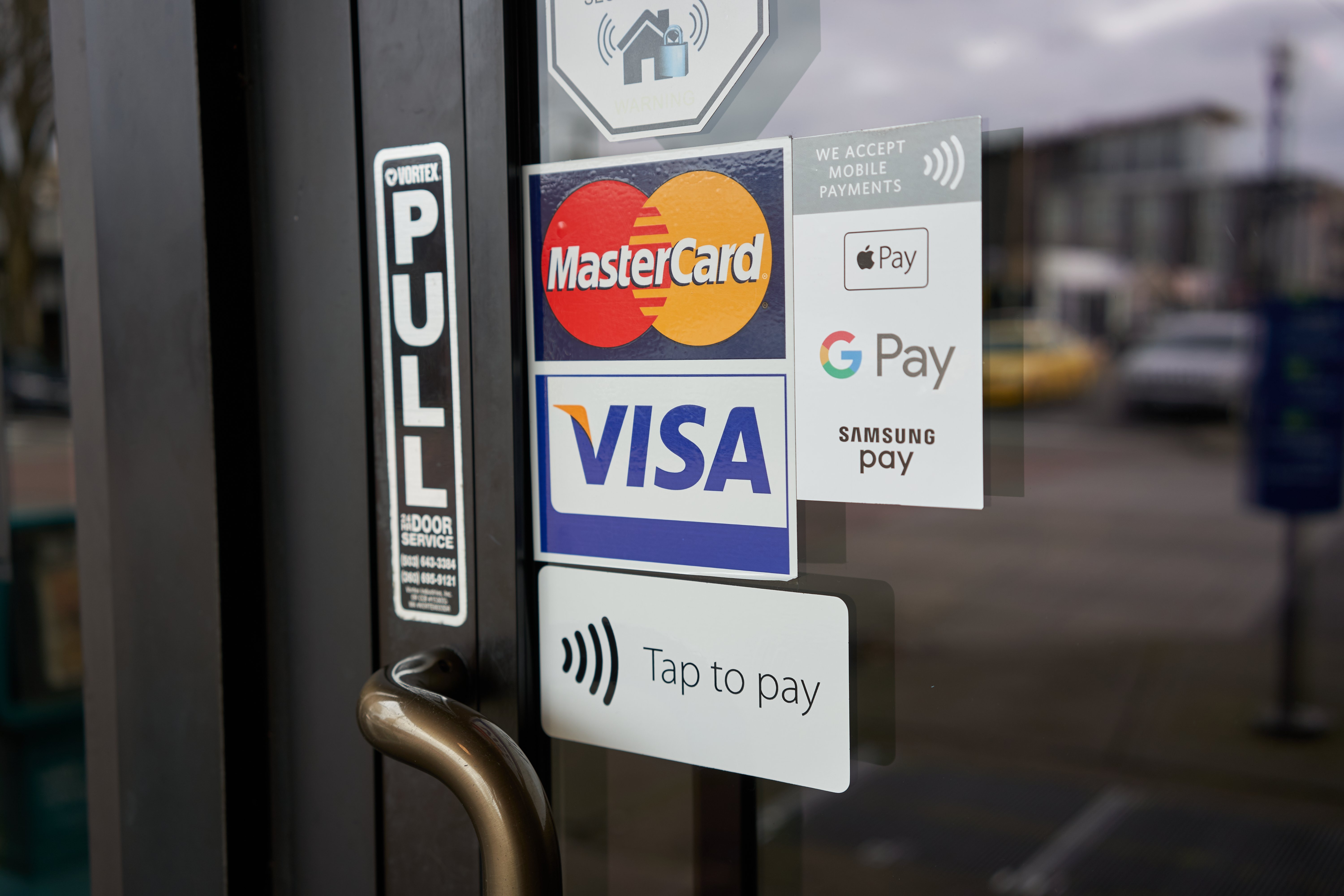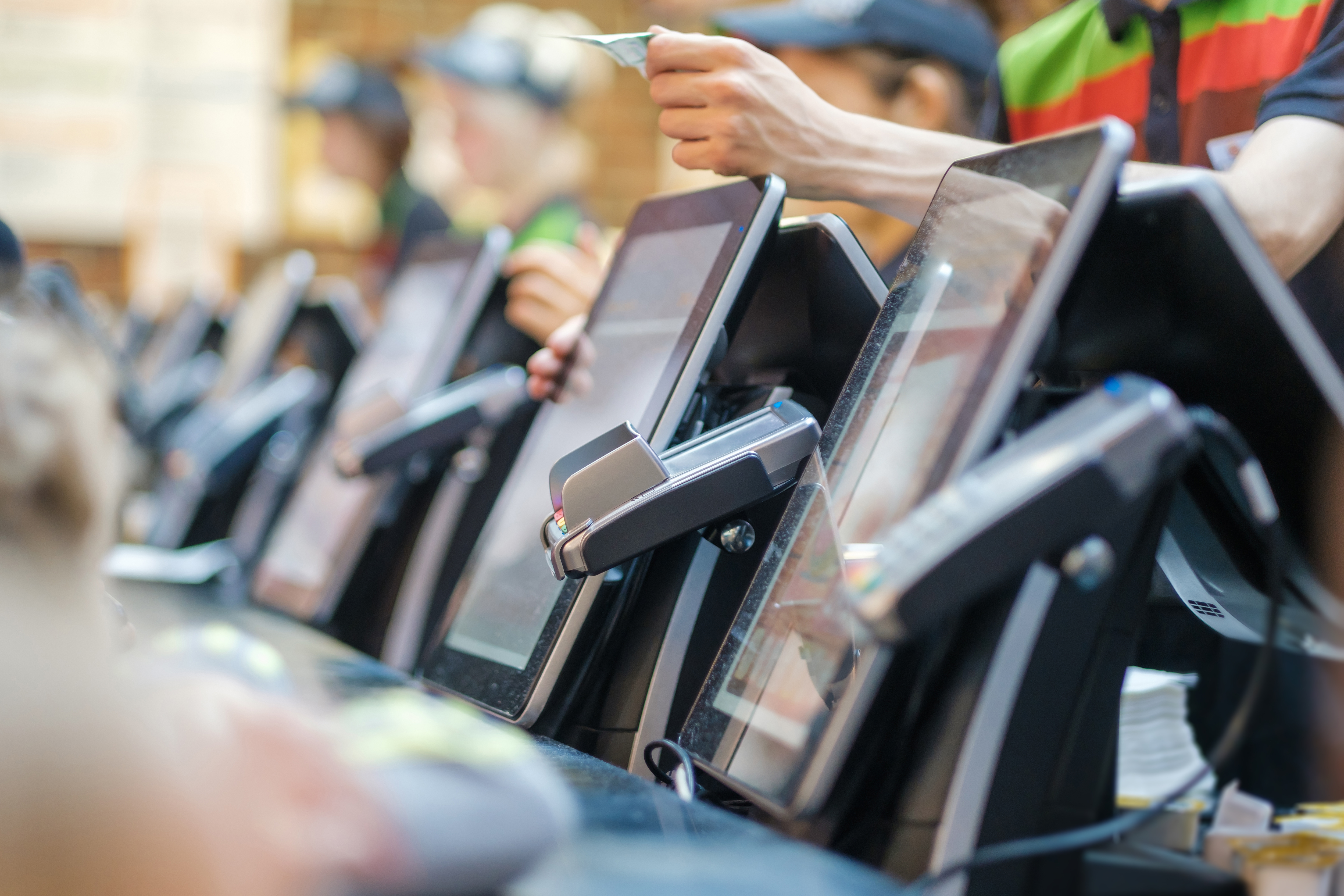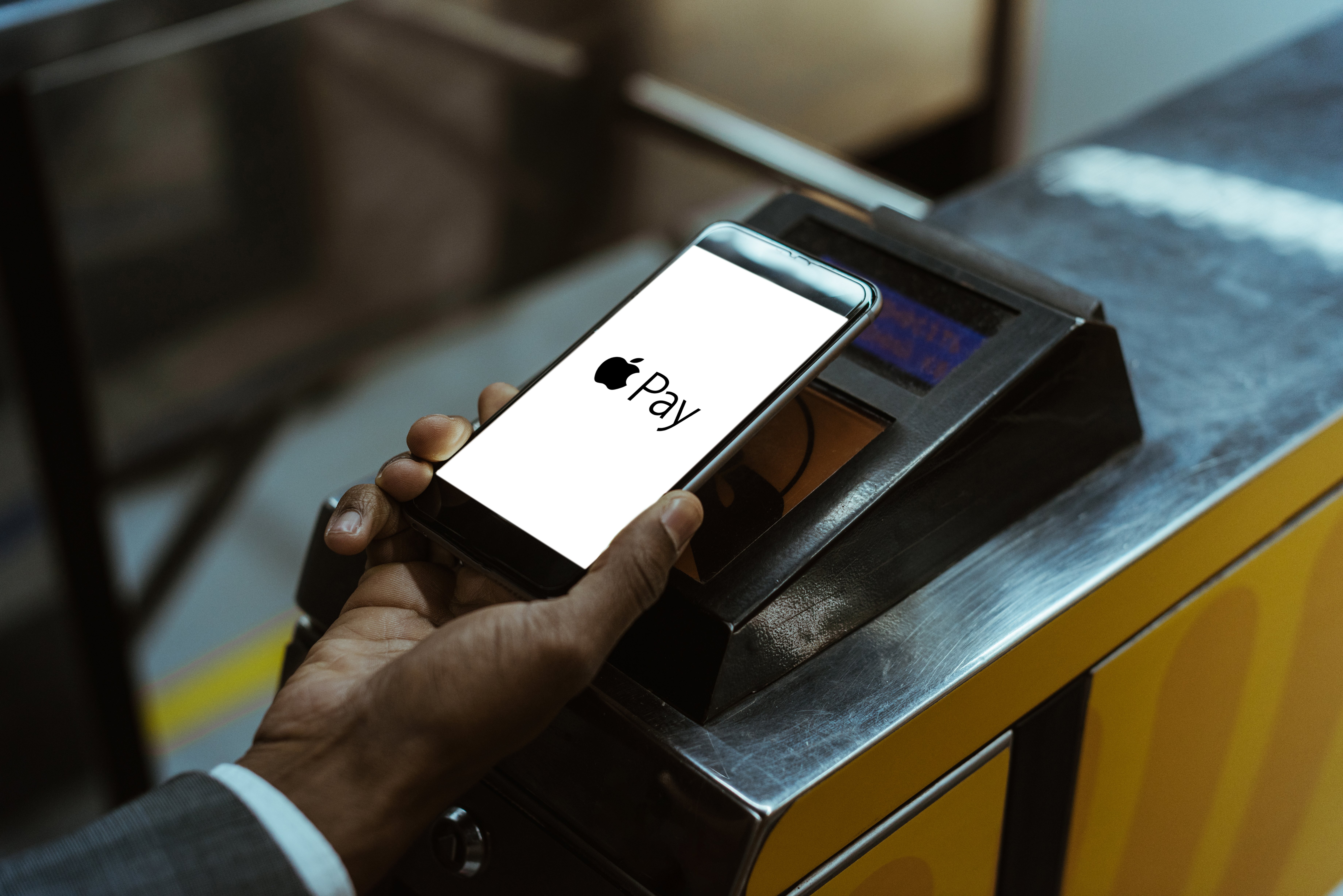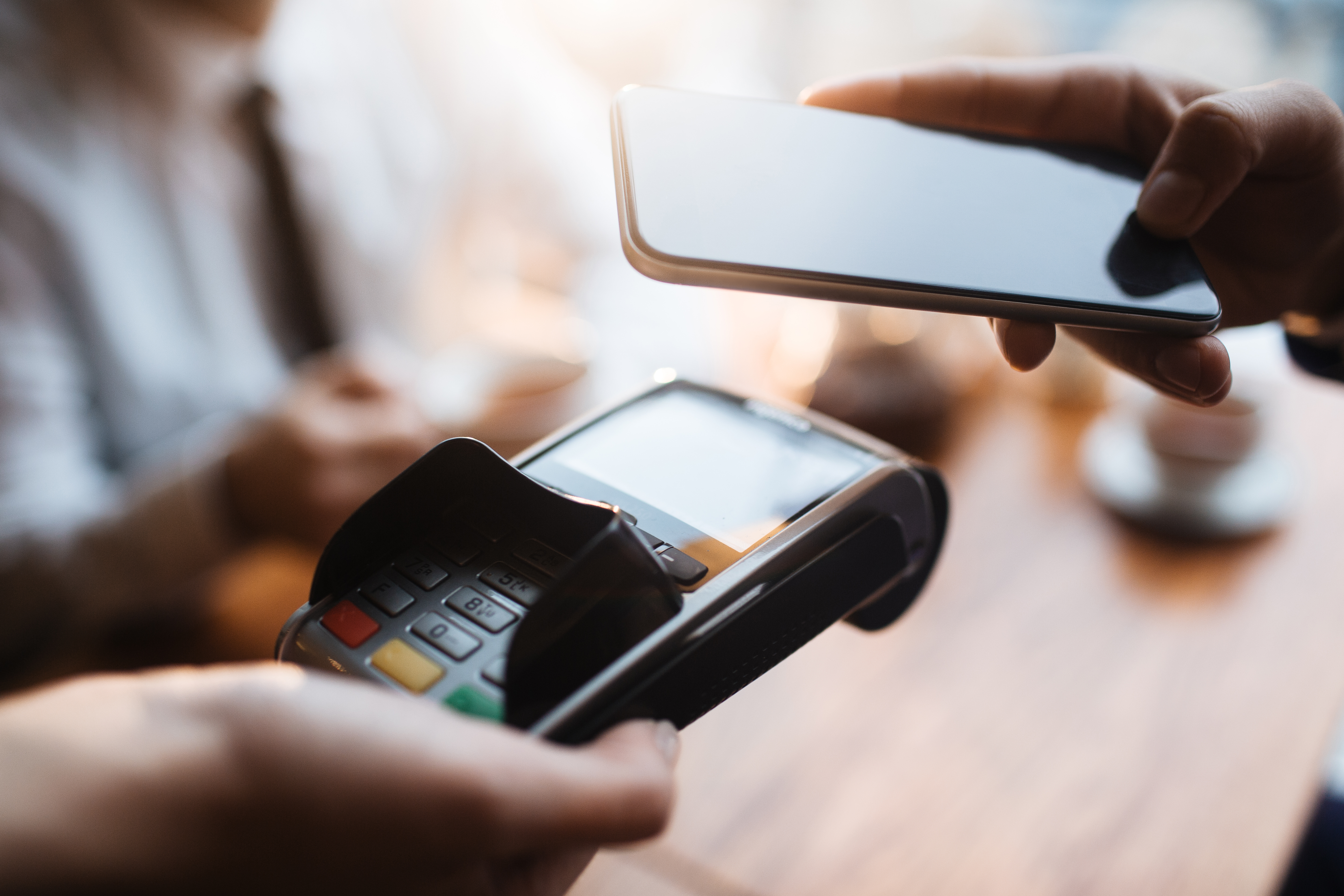My mother is my barometer for technological adoption--if my Mom asks me to help her figure something out on her phone or tablet, it is safe to assume it’s going from mostly mainstream to fundamental fact of life. So when Mom hit me up a few days ago asking about GooglePay, I had two thoughts in succession: 1) Ugh, Lord give me strength as I guide her through this, and, 2) It might be time to blog about mobile payments again.
In the months before the coronavirus pandemic began, the race was on among mobile payment providers to capture a market that was developing slower than expected and hoped. Apple was running promotions through companies ranging from Postmates to Snapfish and Instacart, trying to encourage consumers to enroll, Google doing battle with Samsung for the Android market.
Now, with COVID-19 reshaping retail and restaurant landscapes, mobile payment’s relative safety will likely accelerate adoption rates as consumers and brands alike seek to limit contact between customer and employee (“It just feels safer,” my mother said during her orientation). TrendSource’s most recent market research further illuminates this trend. So let’s look at the retail and food service market research as we understand how COVID-19 will change the payment landscape and also consider obstacles and concerns that we will have to face along the way.
Why Mobile Payment Systems Have Yet to Gain Critical Mass

Mobile payments technology, for those of you dear readers on the same learning curve as my mother, allows consumers to link their smartphone to a credit or debit card, hovering their phone above the payment terminal, and also using it to pay for online purchases. Despite expanding since its earliest days, mobile payments only accounted for a fraction of purchases before the pandemic began--we’re talking just a little north of 2% as consumers and merchants have been slow to adopt the technology.
For consumers, there has definitely been a learning curve, as well as initial concerns regarding the novel system’s relative safety. Before the outbreak, only 29% of consumers believed mobile payments were safe, not in terms of viral transmission but in its vulnerability to hacking and identity theft. While it is true that cashless payments are digitally tracked and thus breachable, mobile payments require multiple authentications to work and thus far have proven safer than cash or credit card transactions.
But customers can’t utilize the technology without businesses accepting it, and though early adopters like Whole Foods and Panera were all over the technology from its earliest days, many in the retail and restaurant industries have been reluctant. Estimates regarding the amount of retailers and restaurants accepting the payment vary greatly but all agree it is no more than 70% and likelier somewhere around 55%.
Brick-and-mortar retailers and food purveyors have been slow to widely adopt the in-store technology necessary for the system to function as it often requires updating payment terminals as well as training for both consumers and employees alike.
Yet in the year or so before coronavirus became our governing reality, mobile payment providers like Apple and Google were already starting to pick up some steam, enrolling new partners (Walmart is an increasingly lonely holdout) and offering well-coordinated promotions to encourage consumer engagement and adoption.

And now, in the era of COVID-19, mobile payments are becoming more popular among consumers and merchants alike. Independent merchants, as documented recently by USA Today, have started enrolling into mobile payment and are even considering going cashless. This is in addition to chains like Publix that made the jump since the pandemic began, no doubt anticipating an increase in customer adoption.
Speaking of customer adoption, of course it just makes sense that consumers will look for contactless payment options like mobile pay. While we have every reason to believe this is true, TrendSource’s most recent data confirms it.
TrendSource Market Research: Coronavirus is Accelerating Mobile Payment Adoption
Indeed, TrendSource’s recent market research surveys show that people are coming around to what is for many a novel payment method. Indeed, 68.1% of all respondents believe (accurately) that mobile payments are more sanitary than cash and thus at lower risk of spreading coronavirus, and 71.9% of those who have increased their mobile payment frequency plan to maintain this frequency even after the pandemic has receded.
These numbers tell us that 1) consumers are recognizing the timeliness of mobile payment amid a dangerous pandemic, and, 2) the habits they are developing are likely to linger even after the novel coronavirus has receded.
Why Cashless Payment Systems Are Attractive to Retailers, Restaurants
For merchants, the prospect of implementing in-store technology to reduce cash transactions has several advantages beyond lower transmission risk. First, the amount of risk assumed and support required with cash on hand is often overlooked, but the presence of cash is what leads to in-store robberies and requires armored truck deliveries. Also, when transactions are entirely digital, records are automatically kept; dealing in cash requires bookkeeping, money counting, and bank deposits. So, a cashless world, for operators at least, is safer and requires less overhead.
Second, it obviously speeds up transaction time and there is also some evidence that shoppers spend more freely in cashless transactions. For consumers, physically taking the cash out of their wallet and handing it to the cashier is a more tangible experience than swiping a card or phone in front of a terminal, and it is one that is thought to make them spend more cautiously.
And finally, it is common knowledge that credit card companies reward merchants who convert to entirely cashless payment systems--Visa paid out over $10,000 to over 50 companies who made the conversion in 2018. For credit card companies, which take a small portion of each transaction, the incentive to offer this incentive is obvious. Mobile payment providers like Apple offer similar rewards and promotions to their merchant partners.

Taken together, these are powerful drivers for conversion to a mobile payment oriented system, and again, all of this was already true before coronavirus nudged consumers to adopt the technology.
Why Cash is Still a Necessary Evil
Cash, much like exercise equipment, was already notoriously unclean even before we had a novel coronavirus to worry about. Indeed, one Oxford study found that the average bank note contains up to 26,000 different types of bacteria (to say nothing of cocaine and feces). With cash being passed around from person to person (that is its purpose, afterall) and paper/cotton known to retain active viral particles for over 24 hours, the relative risks of a cash system are obvious.
Yet there are genuine concerns about a system that relies entirely on debit/credit cards and mobile payments that only function with such accounts. With a portion of the nations’ population notoriously underbanked, and many professions paid under the table in cash, such technologies, while making stores safer, also stand to exclude people already on the economic margins. It’s the same concerns activists raised when Amazon debuted its frictionless checkout system, concerns that are not unique to mobile payment but rather endemic to our stratified society.
This led, in the months before the coronavirus outbreak, New York, Washington DC, San Francisco, and other cities to consider banning cashless stores. Obviously these plans have been paused (right along with California’s single-use plastic bag ban) as civic activism takes a necessary backseat to civic safety.
These and other questions will be addressed and balanced with mobile payment’s benefits, and it will happen on an accelerated time table as consumers and merchants begin to move faster and further into digital commerce. It’s hard to imagine people like my mother unlearning the technology or abandoning it absent some massive data breach. Barring that, we are all headed to mobile payment, it’s just a matter of how quickly.
And now I must ready myself for my evening phone call with my mother, she has questions about something she calls “TwitTok.”


